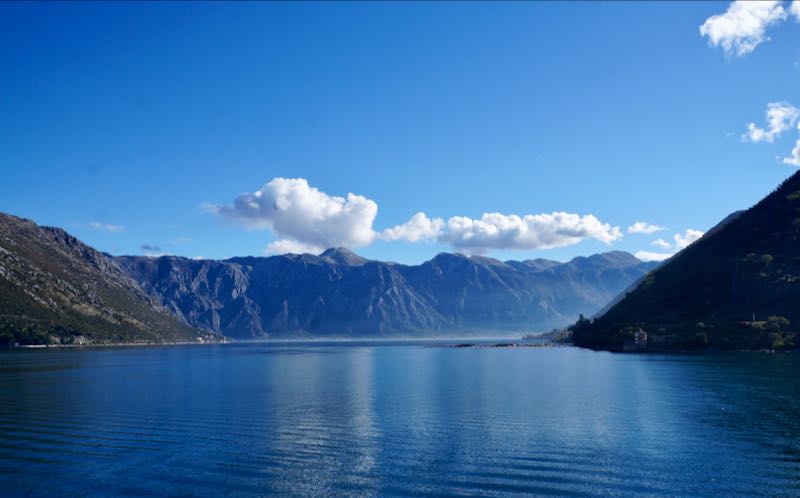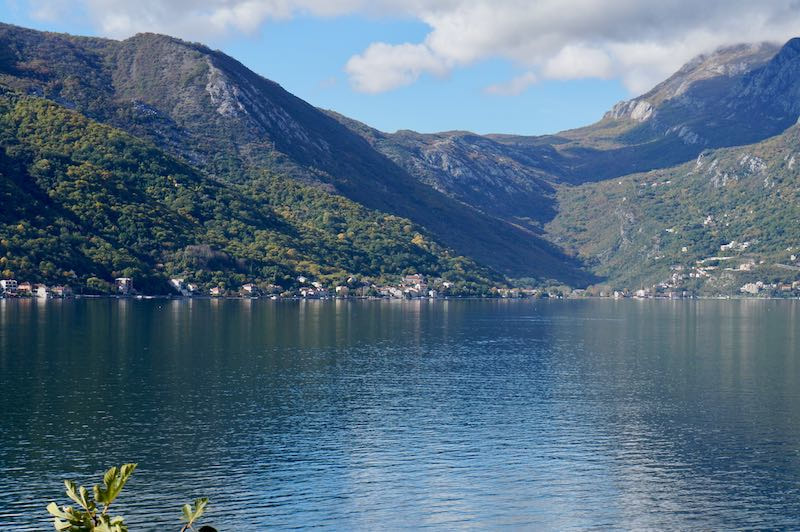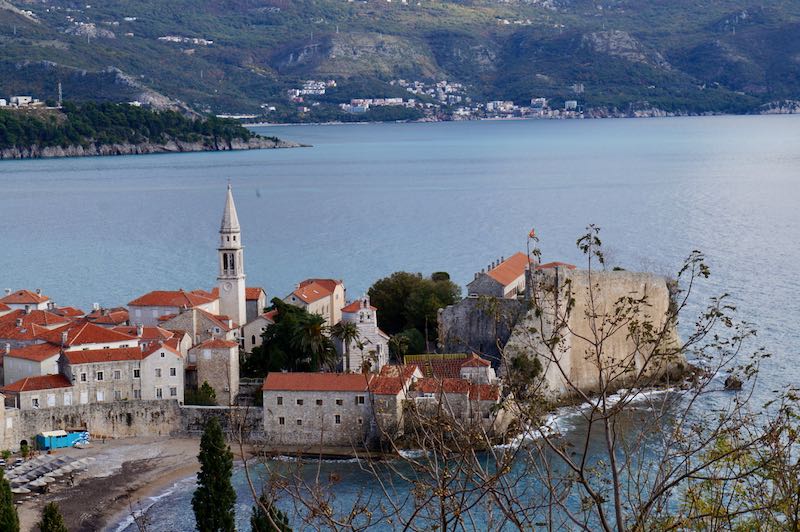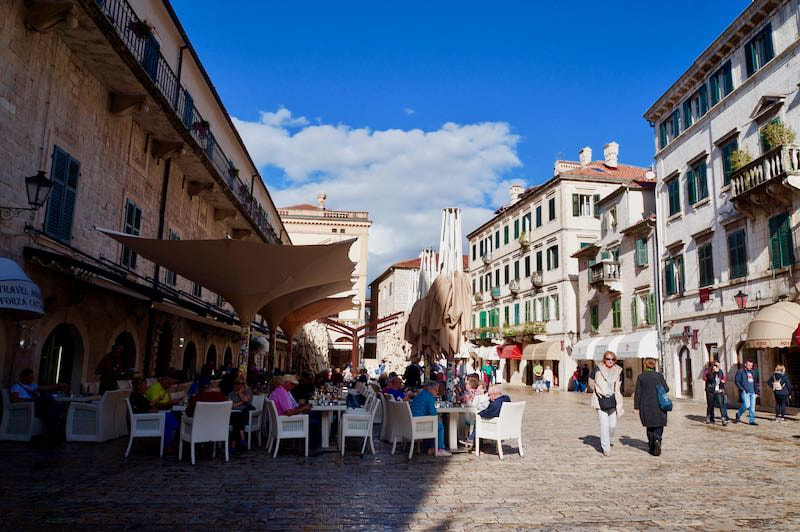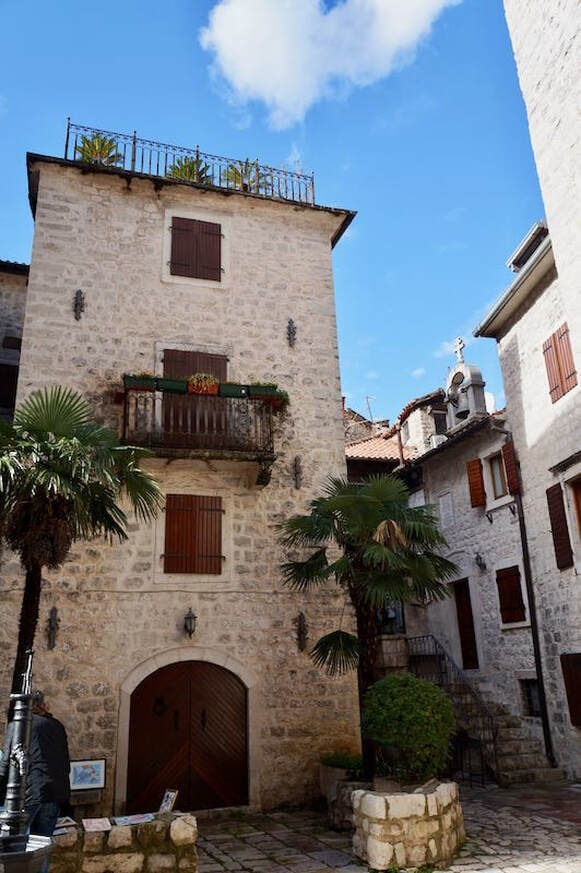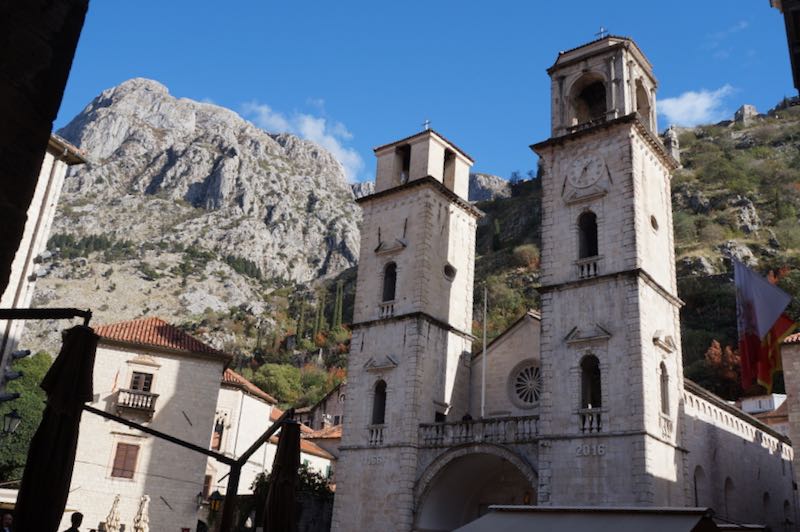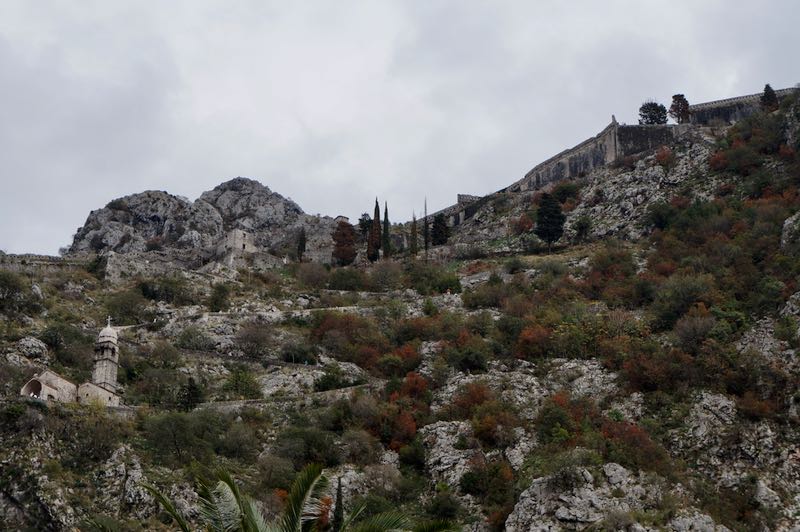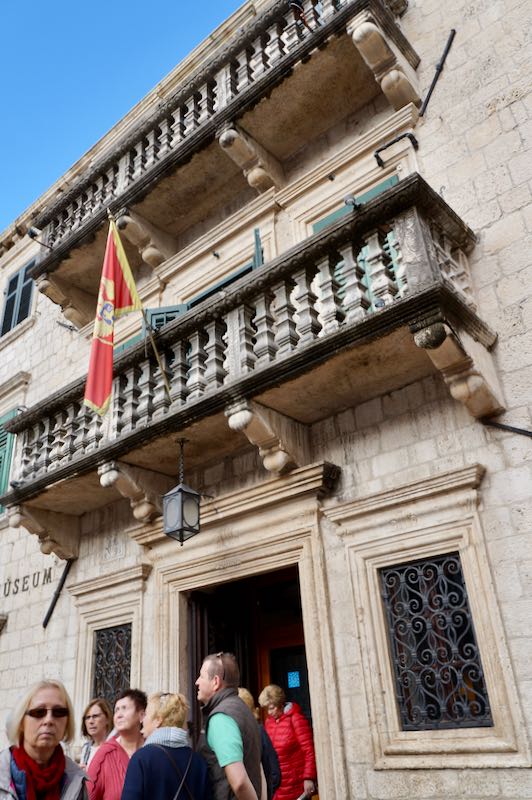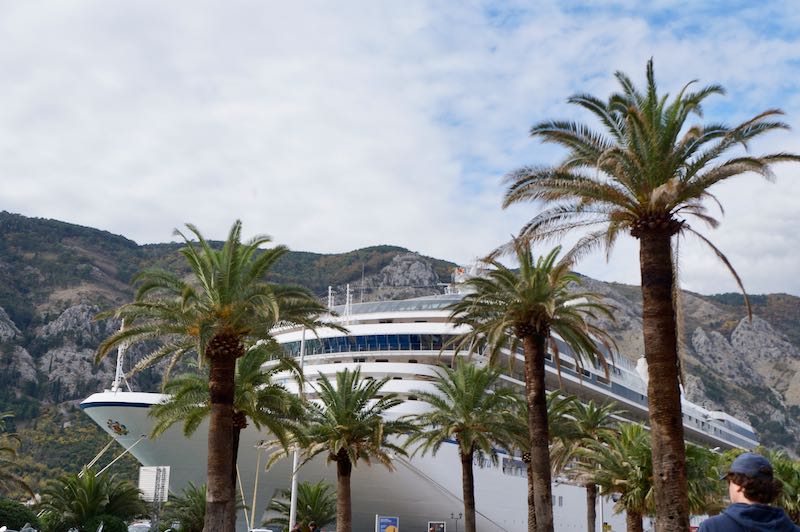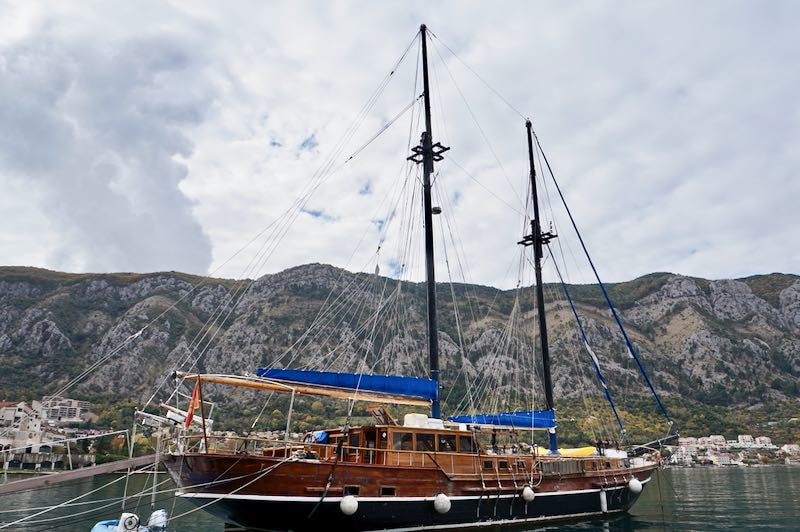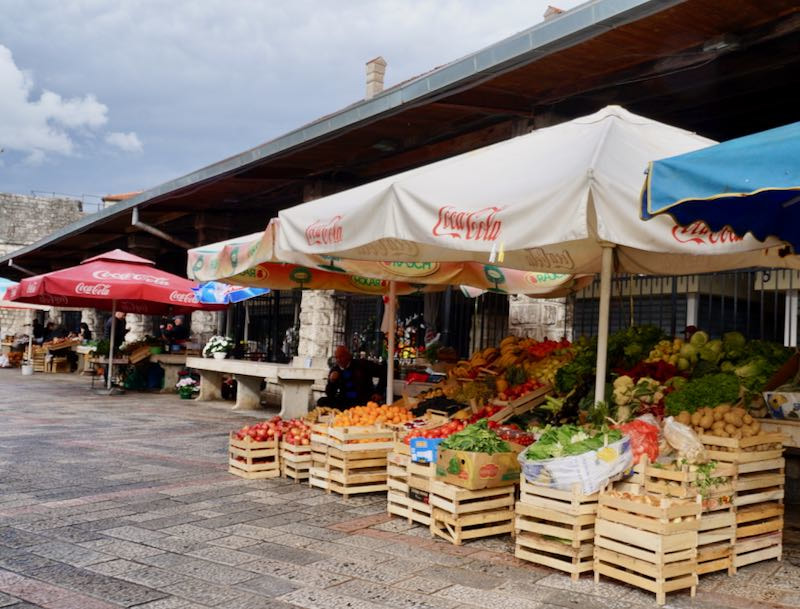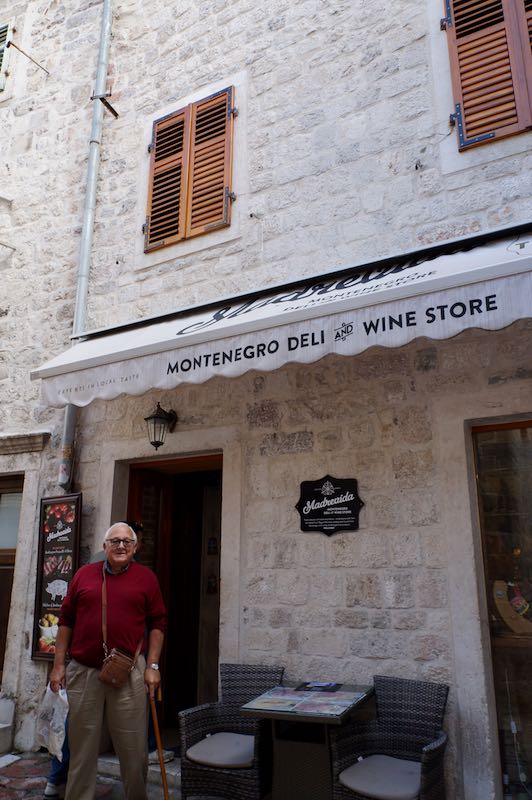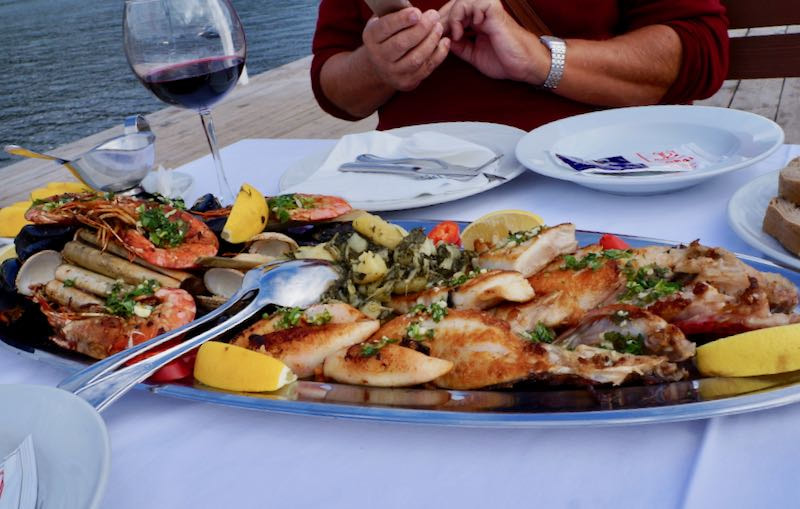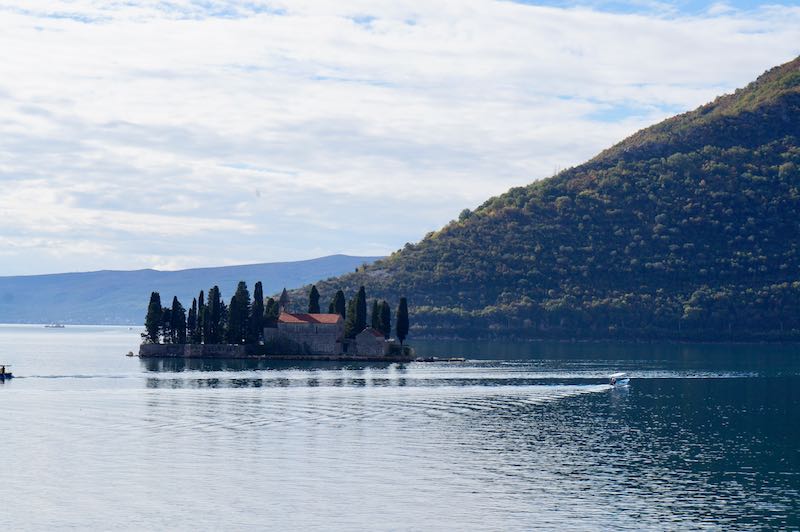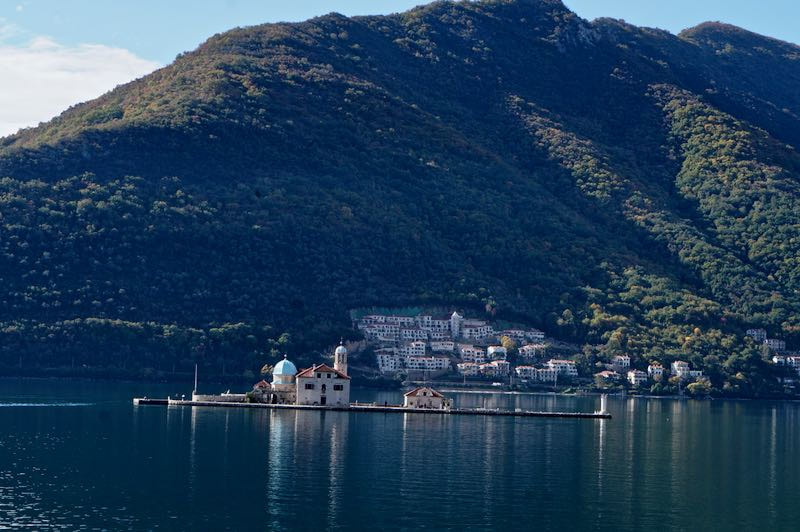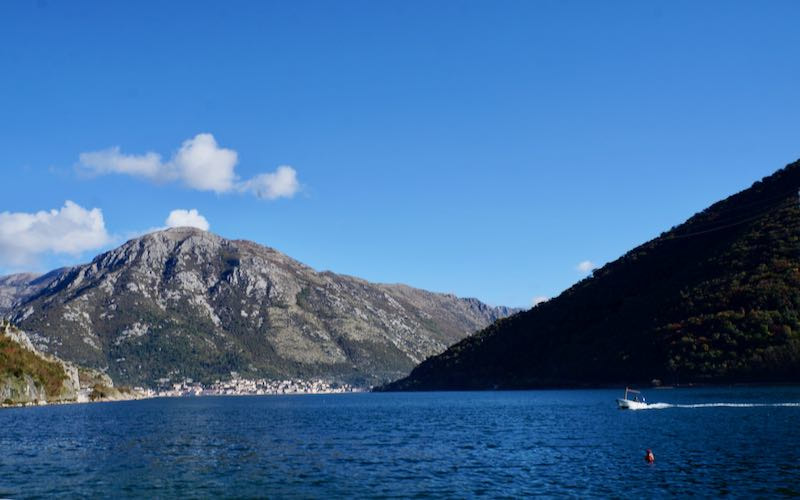10 Fun Things to Do in a Day in Kotor, Montenegro
A Day Trip to Kotor, Montenegro
Kotor surprised us immensely in our recent visit to the Balkans. In retrospect, it is not surprising that in 2016 Lonely Plant chose it as its top city to visit.
With breathtaking views of its bay, coastlines and villages, the trip around the Bay of Kotor was amazing. The city has a well preserved medieval core, fortified by walls winding to the top of the Lovcen cliffside.
Inside are 1000 year old Churches, magnificent palaces all displaying the wealth of the 1500 year history of this seafaring city. With a wall of mountains behind it leaving the city reasonably protected, the window on the Adriatic Sea has endowed Kotor with not just wealth but also an intimate feeling for how the sea connects them to the world.
There is a popular saying among them which goes this way: “When one dips a finger in the sea, one is connected to the whole world.”
Kotor surprised us immensely in our recent visit to the Balkans. In retrospect, it is not surprising that in 2016 Lonely Plant chose it as its top city to visit.
With breathtaking views of its bay, coastlines and villages, the trip around the Bay of Kotor was amazing. The city has a well preserved medieval core, fortified by walls winding to the top of the Lovcen cliffside.
Inside are 1000 year old Churches, magnificent palaces all displaying the wealth of the 1500 year history of this seafaring city. With a wall of mountains behind it leaving the city reasonably protected, the window on the Adriatic Sea has endowed Kotor with not just wealth but also an intimate feeling for how the sea connects them to the world.
There is a popular saying among them which goes this way: “When one dips a finger in the sea, one is connected to the whole world.”
As the newest country in Europe, Montenegro was one we really wanted to visit and the opportunity to take a day trip from Dubrovnik presented itself one fine morning.
We took a private tour from one of the tour agencies in the main square of Dubrovnik's Old Town and were lucky to have a very knowledgeable guide. The off season creates great prices and makes the top notchers available
So, we set off doing a quick prep in the guidebooks. At the start, we just wanted to be able to say we had been to Montenegro but as we saw the magical harbour and city, we knew fate had smiled at us again. Lo and behold, this trip became one of the most memorable in our visit to the Balkans.
We took a private tour from one of the tour agencies in the main square of Dubrovnik's Old Town and were lucky to have a very knowledgeable guide. The off season creates great prices and makes the top notchers available
So, we set off doing a quick prep in the guidebooks. At the start, we just wanted to be able to say we had been to Montenegro but as we saw the magical harbour and city, we knew fate had smiled at us again. Lo and behold, this trip became one of the most memorable in our visit to the Balkans.
Fun Things to Do in Kotor
Here are some of the choices we had just in a day:
1. Walk around the Old Medieval Town of Kotor
2. Rummage around in St. Tryphon's Cathedral
3. Climb Up San Giovanni Fortress and Castle
4. Visit the Martitime Museum
5. Walk along the Marina
6. Explore products in the Kotor Market
7. Sample Montenegro Specialties
8. Visit Sveti Dorde
9. Take a scenic boat ride to Our Lady of the Rocks
10. Visit the Cat Museum
Here are some of the choices we had just in a day:
1. Walk around the Old Medieval Town of Kotor
2. Rummage around in St. Tryphon's Cathedral
3. Climb Up San Giovanni Fortress and Castle
4. Visit the Martitime Museum
5. Walk along the Marina
6. Explore products in the Kotor Market
7. Sample Montenegro Specialties
8. Visit Sveti Dorde
9. Take a scenic boat ride to Our Lady of the Rocks
10. Visit the Cat Museum
Walk Around the Old Medieval Town
A UNESCO World Heritage site, Kotor, for nearly 400 years, has been ruled by the Venetians and this influence can still be seen today in the architecture and food in the city as well as the culture of its 13, 510 inhabitants.
Just to give you an idea of how this city evolved, it was first settled in 168 BC and was known as Acruvium which then became part of the Roman Province of Dalmatia.
A UNESCO World Heritage site, Kotor, for nearly 400 years, has been ruled by the Venetians and this influence can still be seen today in the architecture and food in the city as well as the culture of its 13, 510 inhabitants.
Just to give you an idea of how this city evolved, it was first settled in 168 BC and was known as Acruvium which then became part of the Roman Province of Dalmatia.
The city changed hands among the Byzantines, Serbs, Bulgarians, Hungarians, Bosnians and Venetians. Its Italian name is Cattaro and many of its buildings are of Venetian architecture adding to its richness as a city. Venice was the major trading power in the 1400s.
As you enter the old city, look up at the insciption on the Gate which says: "What belongs to others we don't want, ours we don't give."
The city has earned much of its wealth from the sea which is best displayed as you walk the streets of Ljuta, Perast and Dobrota. You will not miss the Palaces built from trade such as Bicha Palace, Bizanti Palace, Beskucha Palace, Pima Palace, Drago Palace and Prince Palace.
As you enter the old city, look up at the insciption on the Gate which says: "What belongs to others we don't want, ours we don't give."
The city has earned much of its wealth from the sea which is best displayed as you walk the streets of Ljuta, Perast and Dobrota. You will not miss the Palaces built from trade such as Bicha Palace, Bizanti Palace, Beskucha Palace, Pima Palace, Drago Palace and Prince Palace.
Go In St. Tryphon's Cathedral
St. Tryphon's Cathedral was consecrated on the 19th of June 1166 making this Romanesque church one of the oldest in Europe. Sadly, two earthquakes in1667 and 1979 damaged it and it was not until recently that they completed the repair and restoration. Things like wars intervened.
This Cathedral was built on the site of the old Church of St. Tryphon, the patron saint of the city. Constructed in 809 by one of Kotor's citizens, Andirja Saracenis, it kept the remains of the saint after it was brought from Constantinople (now Istanbul). Such relics, it was said, were on their way from Constantinople to Dubrovnik but did not go beyond Kotor so people believed it was destined for the city.
The Cathedral has some treasures which are older than those in many churches in Europe. Inside are 14th century frescoes and reliefs of saints in gold and silver. Above the main altar is a stone ornament depicting the life of St. Tryphon.
There are more treasured artifacts displayed in the upper floor of the cathedral as well as exhibits on local costumes and culture. From the top, you can take some beautiful pictures of the city.
St. Tryphon's Cathedral was consecrated on the 19th of June 1166 making this Romanesque church one of the oldest in Europe. Sadly, two earthquakes in1667 and 1979 damaged it and it was not until recently that they completed the repair and restoration. Things like wars intervened.
This Cathedral was built on the site of the old Church of St. Tryphon, the patron saint of the city. Constructed in 809 by one of Kotor's citizens, Andirja Saracenis, it kept the remains of the saint after it was brought from Constantinople (now Istanbul). Such relics, it was said, were on their way from Constantinople to Dubrovnik but did not go beyond Kotor so people believed it was destined for the city.
The Cathedral has some treasures which are older than those in many churches in Europe. Inside are 14th century frescoes and reliefs of saints in gold and silver. Above the main altar is a stone ornament depicting the life of St. Tryphon.
There are more treasured artifacts displayed in the upper floor of the cathedral as well as exhibits on local costumes and culture. From the top, you can take some beautiful pictures of the city.
Climb Up San Giovanni Fortress and Castle
You can also enjoy Kotor's stunning beauty from the top of San Giovanni, also known as Sveti Ivan or St. Jonh. It's a climb involving 1355 steps up tp a height of 1200 meters. Around 4.5 kilometers long and 20 meters high, it is about 2 to 16 meters wide depending on which side you're in.
Built between the 9th and the 19th centuries, this remarkably preserved fortress stood in protection of Kotor's old city and you can best see at night when the lights come on how it surrounds the city.
If you're interested to climb up the Castle, take the main entrance where you can purchase your ticket. You will be given a brochure that tells you the interesting sites along the way.
Stop a bit at the Church of Our Lady of Health. In front of the Church, you can rest on the semi-circular seat in front and enjoy the jaw dropping vista, take some pictures and just rest before moving up or going down if you don't want to climb up further.
Once you reach the top, visit the Chapel of St. Ivan, a tiny charming chapel. Just remember to be careful as some of the steps up are not very stable. Also, early morning or late afternoon, the bay is covered with mist so you can't really take amazing pictures.
You can also enjoy Kotor's stunning beauty from the top of San Giovanni, also known as Sveti Ivan or St. Jonh. It's a climb involving 1355 steps up tp a height of 1200 meters. Around 4.5 kilometers long and 20 meters high, it is about 2 to 16 meters wide depending on which side you're in.
Built between the 9th and the 19th centuries, this remarkably preserved fortress stood in protection of Kotor's old city and you can best see at night when the lights come on how it surrounds the city.
If you're interested to climb up the Castle, take the main entrance where you can purchase your ticket. You will be given a brochure that tells you the interesting sites along the way.
Stop a bit at the Church of Our Lady of Health. In front of the Church, you can rest on the semi-circular seat in front and enjoy the jaw dropping vista, take some pictures and just rest before moving up or going down if you don't want to climb up further.
Once you reach the top, visit the Chapel of St. Ivan, a tiny charming chapel. Just remember to be careful as some of the steps up are not very stable. Also, early morning or late afternoon, the bay is covered with mist so you can't really take amazing pictures.
Visit Kotor's Maritime Museum
Kotor has a very interesting maritime history because of its location in the Adriatic and having been under Venice, the maritime power for years. It is therefore not surprising that the city has a maritime museum to display its seafaring history. One of the oldest items on display is a navigation document dated 1168.
This museum was formerly the residence of Grgurina who left this Baroque Palace to the city. Covering 3 floors, this Museum displays ship models, old nautical equipment, ship furniture, photos, documents and other artefacts.
Aside from maritime treasures, the display also includes pieces of clothing, coins and furniture bought at the height of their seafaring adventure.
Kotor has a very interesting maritime history because of its location in the Adriatic and having been under Venice, the maritime power for years. It is therefore not surprising that the city has a maritime museum to display its seafaring history. One of the oldest items on display is a navigation document dated 1168.
This museum was formerly the residence of Grgurina who left this Baroque Palace to the city. Covering 3 floors, this Museum displays ship models, old nautical equipment, ship furniture, photos, documents and other artefacts.
Aside from maritime treasures, the display also includes pieces of clothing, coins and furniture bought at the height of their seafaring adventure.
Walk Along the Kotor Marina
Stroll through the Marina and breathe some sea air. The Marina is interesting as you can see different kinds of yachts moored in there. On most days, there is almost always a cruise ship docked there as well.
One of our favourite boats moored in the Marina when we visited was this one in the picture below.
Stroll through the Marina and breathe some sea air. The Marina is interesting as you can see different kinds of yachts moored in there. On most days, there is almost always a cruise ship docked there as well.
One of our favourite boats moored in the Marina when we visited was this one in the picture below.
Explore Produce in the Kotor Market
The market is full of fresh produce as well as other products that farmers bring to the market even in November. When we talked to some of the sellers, they offered us their specialty of dried neck meat and different kinds of cheeses. We got one made of goat's milk and another of unboiled cow's milk. We enjoyed it back in our hotel room with a bottle of a local vintage.
The market is full of fresh produce as well as other products that farmers bring to the market even in November. When we talked to some of the sellers, they offered us their specialty of dried neck meat and different kinds of cheeses. We got one made of goat's milk and another of unboiled cow's milk. We enjoyed it back in our hotel room with a bottle of a local vintage.
Sample Montenegro Specialties
In the old medieval centre, we found this Deli which sold some of Montenegro's famous specialties. Paired with its famous brandy, rakija, it's a good way to have a taste of the country.
Montenegro is famous for its fresh seafood so we ordered a platter and tasted for the first time a different kind of sea shell which was very delicious.
In the old medieval centre, we found this Deli which sold some of Montenegro's famous specialties. Paired with its famous brandy, rakija, it's a good way to have a taste of the country.
Montenegro is famous for its fresh seafood so we ordered a platter and tasted for the first time a different kind of sea shell which was very delicious.
Visit Sveti Dorde
This natural island off the coast of Perast, St. George, houses a 12th century Benedictine monastery. It is a very picturesque island on the Bay of Kotor with a bit of history having seen action during the Siege of Cattaro (Kotor) on 14 October 1813 when the Sicilian and British naval force captured the island, then held by the French.
This natural island off the coast of Perast, St. George, houses a 12th century Benedictine monastery. It is a very picturesque island on the Bay of Kotor with a bit of history having seen action during the Siege of Cattaro (Kotor) on 14 October 1813 when the Sicilian and British naval force captured the island, then held by the French.
A Scenic Boat Trip to Our Lady of the Rocks
With a 15-minute boat trip to Perast, you can visit one of the Churches built on the islands, Our Lady of the Rocks. You can also drive to Perast and from there, boats will take you to the island for 5 Euros return. The other church which is an Orthodox Monastery is off limits.
Our Lady of the Rocks has a very interesting story which began on July 22, 1452 when two sailors, returning from a very difficult voyage and miraculously saw on the rock an icon of the Madonna and Child. Immediately, they thought this was a sign of holy intervention that brought them home safely so they placed rocks around the icon.
When their story spread, many sailors started leaving rocks in the place to keep them safe in their journey. After a few years, (centuries?) there were enough rocks to make the building of a chapel possible. Since then, the Church has been adorned by returning sailors with silver plates from the ship or other ship memorabilia.
With a 15-minute boat trip to Perast, you can visit one of the Churches built on the islands, Our Lady of the Rocks. You can also drive to Perast and from there, boats will take you to the island for 5 Euros return. The other church which is an Orthodox Monastery is off limits.
Our Lady of the Rocks has a very interesting story which began on July 22, 1452 when two sailors, returning from a very difficult voyage and miraculously saw on the rock an icon of the Madonna and Child. Immediately, they thought this was a sign of holy intervention that brought them home safely so they placed rocks around the icon.
When their story spread, many sailors started leaving rocks in the place to keep them safe in their journey. After a few years, (centuries?) there were enough rocks to make the building of a chapel possible. Since then, the Church has been adorned by returning sailors with silver plates from the ship or other ship memorabilia.
Visit the Cat Museum
Cats roam throughout Kotor and it they have always been a part of the scenery. This led to a museum dedicated to the cats.
Part of the collection was donated by the Italian Countess Francesca di Montereale Mantica. This consisted of post cards, pictures, and medals. If you are a cat lover, this is for you.
Cats roam throughout Kotor and it they have always been a part of the scenery. This led to a museum dedicated to the cats.
Part of the collection was donated by the Italian Countess Francesca di Montereale Mantica. This consisted of post cards, pictures, and medals. If you are a cat lover, this is for you.
It was just a day in Kotor but it was full and it gave us a good idea of what Montenegro is like. It is developing as a tourist destination and before long, this will become another most visited city.
Visit now when you can and still have a sense of the more authentic culture. Try the off season in October and November and really have some space for enjoyment.
Visit now when you can and still have a sense of the more authentic culture. Try the off season in October and November and really have some space for enjoyment.
